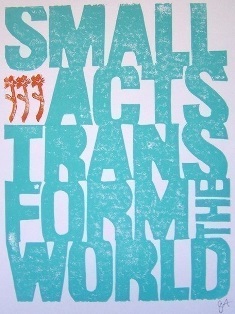First off, what is a charity?
It is an entity with no goal to amass high revenue, hence the name ‘non-profit organization’. Its purpose, recognized by law, is to be charitable and benefit others. It may only engage in charitable activities (though it can be involved with corporate activities if the business involved is related to a charitable project).
Now, what exactly is a registered charity?
A registered charity has its own official title because it is registered under the CRA (Canada Revenue Agency) and abides by its regulations. The most notable defining factor of a registered charity is that it can issue tax receipts. This means a donor can use the receipt of his or her donation to reduce personal taxable income, be it an individual or a corporate donor.
A registered charity can apply for funding from qualified entities like charitable foundations and governments. All registered charities are exempt from paying taxes under Part One of the Income Tax Law, as well as exempt from charging GST/HST on goods and services provided. They are able to claim partial rebate (in most cases) for any GST/HST the charity pays.
Registered charities may also run a ‘related business’ (which is defined as ‘a business that fulfills the charity’s objective or run by volunteers where the profits are put towards the charity’s other charitable efforts). A great example of this is the fair-trade goods stores “Ten Thousand Villages” operated through the Mennonite Central Committee (MCC).
A registered charity, under the regulations of CRA, is obligated to devote a high percentage of its resources to charitable purposes. It must issue complete and accurate donation receipts, maintain proper books/records and file annual T3010 tax reports.
So in summary, what exactly is a registered charity?
It is:
- a non-profit organization, that
- adheres to the regulations of the CRA,
- issues tax receipts to donors, and
- helps to make the world a better place!






